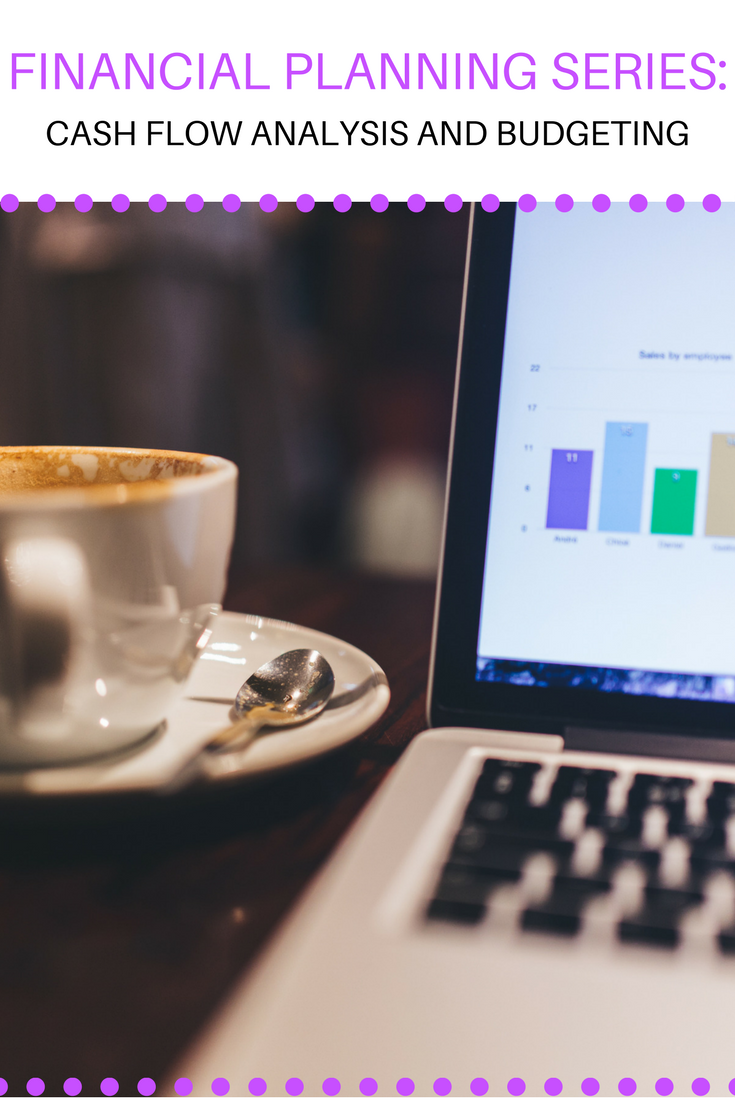New to financial planning? Start with the overview.
How confident are you about your financial future? If you’re not sure, you’re not alone. Research suggests that only one in three Americans have a budget that they work with to manage their finances. Taking control of your spending habits and creating a plan to save and invest is the best way to gain financial security and freedom. If you’re not working with a budget, you need to be. If you’ve never budgeted before, don’t worry, this step-by-step will help you.

The first step is to determine your cash flow; that is to say how much money is coming in and going out. Your total income is the amount left over after taxes and deductions like 401(k) contributions. If you’re self-employed or you’re paid on a commission basis, take a look at the past four to six months of income to get a monthly estimate.
Now list all of your fixed expenses, the things that are non-negotiable like school loans, car payments, mortgage or rent, and food. Also list any essential utilities like electricity, gas, water; your cable bill is not included as essential.
Don’t forget things you pay annually or semi-annually like auto insurance and repairs (oil changes, new tires, etc.), and property taxes. If you have pets, don’t leave out annual vet exams. It might be a smart decision to start thinking about investing in an affordable pet insurance! Take the amount you pay each year and divide it by 12; this is the amount you need to budget monthly.
Next up is variable and non-essential expenses. This would include items like going out to dinner, cell phone bill, cable bill, monthly or yearly membership fees and subscriptions. If you would still like to enjoy these simple pleasures, YourBestDeals.com can give you discounts. Make sure to create a category for “extras” that you usually don’t remember buying or add into your budget like trips to the local coffee shop.
If you’re not sure how much you’re spending on these things, it’s a good idea to figure it out. You may be surprised. Go through your bank records for the last three months and calculate how much you’ve spent on small, non-essential expenses. You may find areas that are large financial drains where you can cut back. Take what you think is a reasonable amount to spend on these non-essentials and add them into your budget.
The last step is to figure out what’s left. When you take your after-tax income and deduct all your fixed and variable expenses, what’s left is money that can be put toward your financial goals like saving, insurance, and retirement.
Saving should definitely be a higher priority than spending so if what’s left isn’t enough to put something aside each month, you may want to review where your money is going and find more ways to cut back.
Now that you have a budget in place, you’ll want to review it regularly, once a month or so, until you’re certain that it’s working for you. A good rule of budgeting is the 50/30/20 rule which says that 50% of your income should be put towards your fixed expenses, 30% towards variable expenses, and 20% towards saving and investing. If you can manage to work within these parameters for your budget, you should be off to a good start for your financial future.
Learn more about financial planning by understanding insurance and risk management.
Leave a Reply